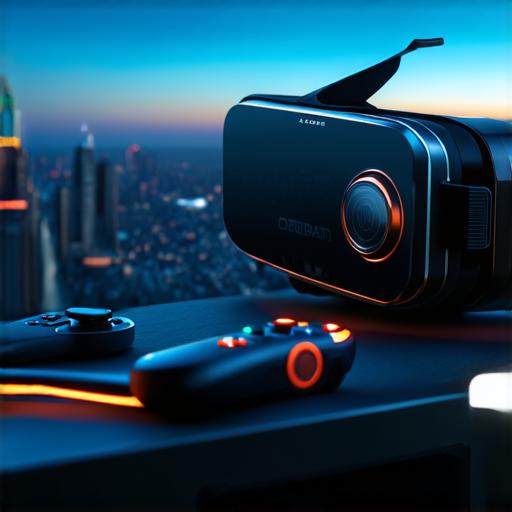
Game-Based Virtual Reality
Virtual reality technology has evolved rapidly in recent years. One of the most significant advancements is the development of wireless VR headsets. These headsets offer users greater freedom of movement and eliminate the need for cumbersome cables that can trip or get tangled up.
Another major advancement is the introduction of haptic technology, which allows users to feel physical sensations in virtual environments. This has greatly enhanced the immersive experience of VR gaming and has opened up new possibilities for interactive storytelling and educational applications.
Augmented Reality
Augmented reality technology has also made significant advancements in recent years. One of the most notable developments is the integration of AR into mobile devices. This has allowed users to access augmented reality experiences from anywhere, making it easier than ever to experience the power of AR.
Another major advancement is the development of 3D mapping and object recognition technology. These technologies allow for more accurate tracking of real-world objects in virtual environments, enabling users to interact with their physical surroundings in new and exciting ways.
Summary
In conclusion, game-based VR and AR have come a long way in recent years. The development of wireless VR headsets, haptic technology, and mobile devices has greatly enhanced the immersive experience of VR gaming. Meanwhile, the integration of 3D mapping and object recognition technology has opened up new possibilities for interactive storytelling and educational applications. These advancements are just the beginning, and we can expect even more exciting developments in the future of game-based VR and AR.
